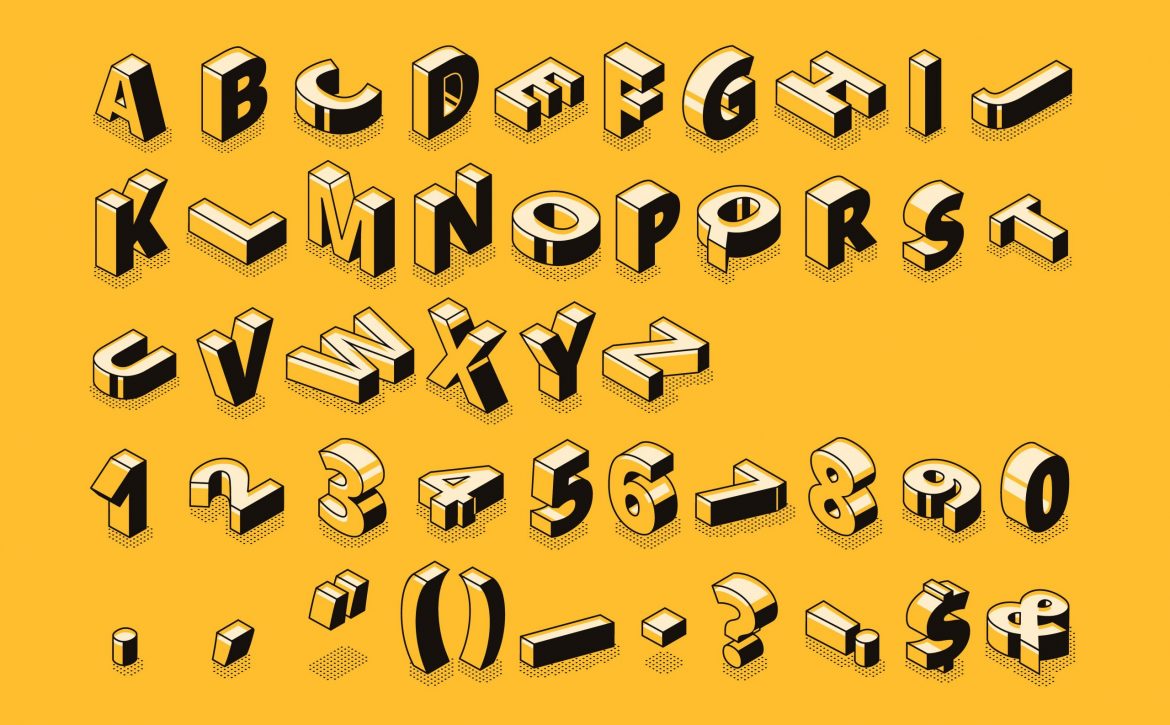Hamburger Menu is an integral part of the entire UI/UX design process.
The hamburger menu is used as a navigation element on websites, apps, and programs.
The name ‘hamburger menu’ comes from its design: the design consists of a combination of three horizontal lines that denotes a hamburger. Likewise in real-world characteristics, the hamburger menu is known as a space-saving mechanism. However, the icon is not something that attracts a lot of controversies. For most of the designers, it works as a toolkit.
Now, let’s get into the hamburger menu and try to understand its functionality.
To start with, let’s discuss the subject itself:
WHAT IS A HAMBURGER MENU?
The hamburger can be referred to a menu or an icon, that is typically a type of button used in the website or application that opens as a form of side menu or navigation drawer. It is an integral part of the entire UI/UX design process.
The menu was primarily designed in 1981 by Norm Cox, an interaction designer for the Xerox Star personal workstation. The primary function of this menu is to make communication in terms of navigation to the users as easy as possible. As this button or icon provides a number of items.
Even though the hamburger menu is used for the purpose of making the navigation experience easy, the whole purpose of introducing the hamburger menu was quite different.
During an interview Cox said; he designed the menu as a container for holding the options for contextual menu choice. As a matter of fact, the menu is quite similar to the context menu that is quite common today while clicking on an object by the use of the right mouse button.
After the inception of the hamburger menu in Xerox Star, the icon stayed quite silent. But, the moment when the UX designers had to find out a way to accommodate a number of buttons onto a small phone screen, the call for the hamburger menu started to initiate all around the world. Ever since then, the hamburger menu has become an essential part of every website or application to drop in the navigation button.
Now after the transition period, most designers don’t prefer to use the icon. In fact, by stretching the subject, do people really like to go through the hamburger menu? On the contrary, even if they do prefer it, shouldn’t the items reflect in the Hamburger menu all the time as those are so important to the app?
At Worldwide Developers Conference talk, the concept of introducing navigation system into the UI/UX design came up as – they should tell users where they are and also direct users to where else they can possibly go. Certainly, the hamburger menu disappoints users with respect to both these areas. As the menu is not even located on the screen, it’s hard to notice. Moreover, this is just a button to show you the drop-down menu.
Considering all the above aspects, do we really need to get rid of these three lined icons? Or is it time that we stop differentiating and start to love the three lined hamburger menu?
To be precise, here are some basic pros and cons of the hamburger menu. to help you understand it better and make your move wisely.
3 ESSENTIAL BENEFITS OF HAMBURGER MENU IN DESIGN
Let’s talk about the most notable benefits of the hamburger menu:
#1 Recognizable
One of the notable things about the hamburger menu is that it’s universal. Which means you can find it everywhere, starting from applications to websites to video games. In short, a hamburger menu is present throughout the entire design process.
The hamburger menu is an icon that has spent a great deal of time in evolving itself as a button for the convenience of users, where they can access the navigation drawer. Hence, users can easily rely on the hamburger menu. Similar to the trash symbol that denotes the deletion of items, or even the home icon that directs users to the main menu.
In fact, it doesn’t make any literal sense to remove or hate an element that primarily matches a user’s requirements. The icon holds its own status and almost all users know the usage of such an icon. Therefore replacing the same with the new symbol will bring back the struggle to learn again for the developers.
#2 Neat and Clean
Imagine a web page filled with tons of icons and navigation options – there’s nothing worse than that. Hence, for mobile applications and websites, the hamburger menu can bring a remarkable visual experience. Moreover, you don’t want your users to get confused while choosing items from the hamburger menu. As too many items make the selection process quite difficult for all of them. Thus, to add value to the visual experience of the interface, with the clean and precise look, then the hamburger menu is the ultimate option for you.
#3 Alternate Access
The hamburger menu acts as an ideal place to load all your navigation options, without distracting your users from your service goal. Like many applications, Uber also uses this icon for the same purpose. The service objective of this application is to let you order a car, hence, the main interface is completely dedicated towards this purpose.
The icon will grant you access to other fields such as trip history, payment options, receipts and so on. These are not as important as the primary goal, therefore, there’s no need to place them on the main interface. Thus, it makes the perfect option to design a clean and smart UI (user interface).
3 DISADVANTAGES OF HAMBURGER MENU
At this point, allow us to introduce the three basic disadvantages of these three lined icon and find out why it has its fair share of haters among designers:
#1 Devalued the Options
The most disappointing thing about the hamburger menu is that it decreases the value of the item you put on that menu. For instance, imagine the application or the website as a performing platform, and the hamburger menu is a sort of small and unimportant stage. Therefore, you don’t want to put valuable inputs on that stage. Instead, you prefer to put them on the bigger stage. In this case, it’s the home page or main interface.
Thus, whenever you’re putting any design or application on the hamburger menu, it simply means that those items are not as important as the primary menu or main interface. Hence, it makes them less likely to go on that section.
#2 Less Engagement Activity
Certainly, the hamburger menu attracts a lower click rate, which can be attributed to a number of reasons. As phones are getting bigger, it becomes quite difficult to access the top left or right corner of the website or app. And if the navigation option is not in the visual parameter, then users are less likely to engage with the website.
These are the primary facts, however, not the only facts. Due to these reasons, users lose interest in the content or website.
#3 Not Efficient Enough
A knowledgeable designer knows that compelling users to go through extra steps to accomplish the end goal is never going to work. And the hamburger menu does exactly the same thing.
For instance, suppose you’re looking for a registration process. In that case, you don’t want the main button up on the icon bar. Rather you want them to be present on the main screen that will make your process convenient. However, the hamburger menu makes the process quite complicated for the users in most of the instances.
Now let’s discuss 4 examples of the hamburger menu:
4 EXAMPLES OF USING HAMBURGER MENU
Here are the best 4 illustrations of the hamburger menu in action. Irrespective of the application, desktop website and mobile websites as well, you will find all of them included in these examples.
1. Frame.io
The main interface of the application is dedicated to one particular goal – to collecting leads. Also, do check out the hamburger menu on the top right-hand corner of the application.
2. Google Drive
Google has designed its drive to provide users with what is important to them – documents. They also used the hamburger menu to accommodate the less important components of the drive, such as settings, helps, etc. The navigation button is set to the icon that helps users focus on the primary work in the first place.
3. Codrops
This is a design blog that offers tutorial and demos on different site designs, absolutely free. Note the hamburger menu on the top right corner of the site that turns into X.
4. Portuguese Chimneys
A beautifully implemented hamburger menu for a website that is totally dedicated to the nature and architecture of Portuguese Chimneys. At the top, left corner of the window will direct you to the other required tasks of their website.
These are some examples and real-life usages of the hamburger menu to make the hamburger menu interface clean and user-friendly. Now it’s your turn to make use of the hamburger menu as effectively as you can, and enhance the overall user experience through a great UI!
Our informative blog posted above also got featured on Nasscom Design website.












